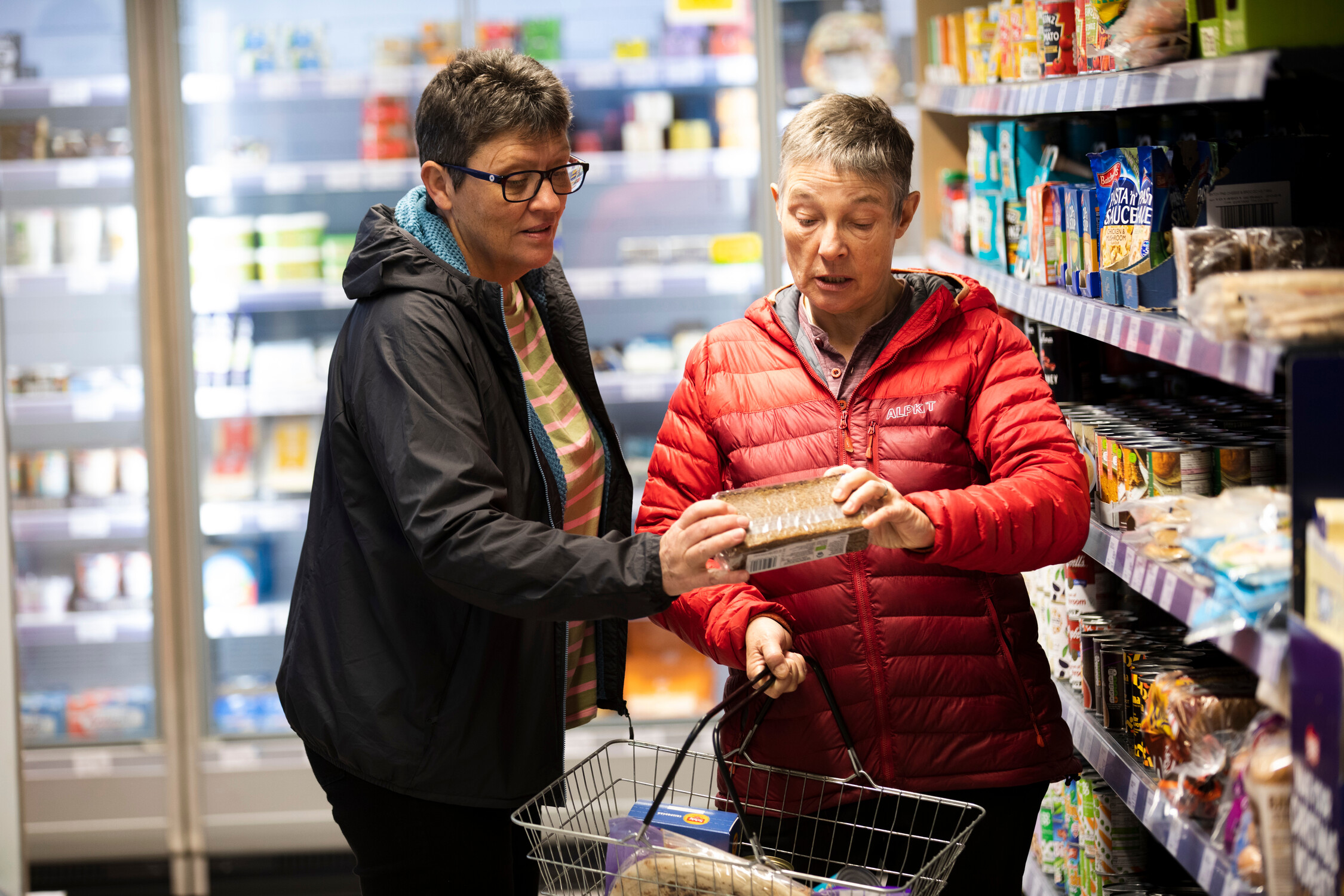With nearly two-thirds of over 65s shopping online, high street retailers risk losing out on significant spend if they don’t make in-person shopping more accessible and inclusive, argues ILC UK.
Shops and retail spaces can and should be adapted to be more welcoming to potential customers of all ages, argues a new series of guides published by the International Longevity Centre (ILC).
The guides are part of a programme of work focused on Healthy Retail – emphasising the part retailers can play in supporting people to live healthy long lives while capitalising on what the ILC describes as a “longevity dividend”.
The ILC argues that those who innovate and adapt to the UK’s changing demographics will reap the rewards – both in higher customer spend and reduced staff turnover.
Older households have a much greater share of wealth. Consumers aged 55 and over have on average 25 times the assets of individuals aged between 16 and 24 and the ILC estimates that by 2040, 63p in every pound will be spent by older households. This provides a clear business case for making sure shoppers of all ages feel welcome.
Even more spending could be unlocked if retail spaces were more inclusive. High street shops lose £267m each month through not being accessible to disabled customers. One in four people with dementia give up shopping post diagnosis – representing a further loss of potential sales for retailers, as well as the loss of a positive leisure experience for those living with dementia.
The ILC’s suite of healthy retail guides sets out how improvements to the design and planning of retail environments can make them better for everyone – customers, staff and retailers alike. The guides provide inspiring examples of best practice and links to advice covering how to tackle barriers to people going shopping, options to improve customer service, opportunities to encourage customers to make healthier choices and ways to support staff throughout their lives as their needs change.
With the latest ONS data on internet access showing over 65% of over 65s engaged with online shopping in 2020, retailers need to compete both on and offline to attract older customers.
Ailsa Forbes, ILC Retail Impact Fellow said: “There is everything to play for in the older consumer market. Many older consumers enjoy shopping in person, and their spending power could hold the key to reviving our high streets. However, if retailers don’t adapt their businesses to make in-person shopping experiences easier, customers have other options.
“Older people are increasingly embracing online shopping. Plenty of older consumers are tech-savvy and confident at using shopping apps and online platforms to make purchases from the comfort of their own homes – with no need to worry if there’s a loo nearby or somewhere to sit and rest for a moment.
“High street retailers are missing a trick if they don’t think about how to encourage customers out of their houses and onto their local high streets. Offering somewhere to sit, clear signposting, access to toilets, keeping stock in familiar places and aisles free of clutter, as well as having friendly, trained members of staff on hand to help or have a chat, are simple ways to welcome a wider range of customers.
“Our retail guides show how small changes really can make a big difference. The more accessible and inclusive you make your retail space, the more you will benefit as a retailer, in terms of repeat custom, staff loyalty and increased profit.”
